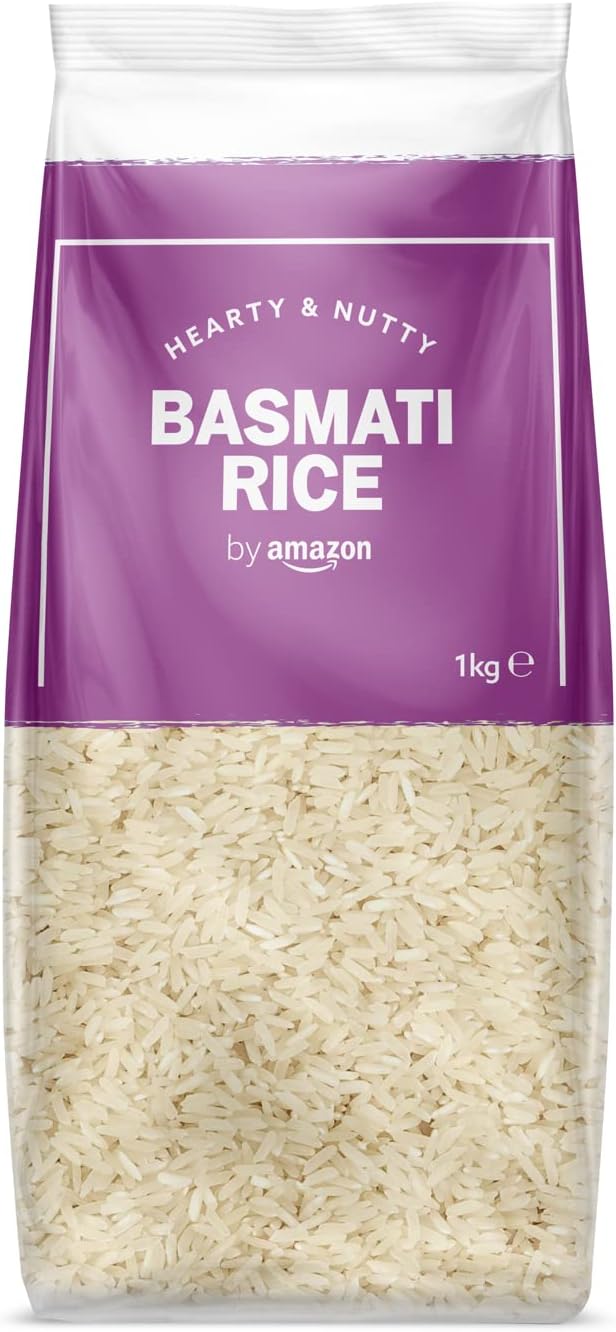Description
Key Features:
- Aroma and Flavor: Basmati rice is known for its nutty flavor and fragrant aroma, often described as popcorn-like. The name “Basmati” itself means “fragrant” in Hindi.
- Long Grain: The grains of basmati rice are longer than most other rice varieties and expand significantly during cooking, becoming fluffy and non-sticky.
- Texture: When cooked, basmati rice grains remain separate and light, giving it a delicate texture, which is ideal for dishes like biryanis, pilafs, and side dishes.
Nutritional Benefits:
- Low Glycemic Index: Basmati rice has a lower glycemic index compared to other rice types, which makes it a better option for people managing blood sugar levels, such as those with diabetes.
- Gluten-Free: Like most rice varieties, basmati rice is naturally gluten-free, making it suitable for those with gluten intolerances or celiac disease.
- Source of Energy: It provides a good amount of carbohydrates, offering a sustained source of energy.
- Minerals and Vitamins: Basmati rice contains important nutrients like magnesium, potassium, and B vitamins, which are essential for energy metabolism and maintaining good health.
Types of Basmati Rice:
- White Basmati: This is the more commonly used form, where the bran and germ have been removed. It cooks faster and has a lighter texture.
- Brown Basmati: This version retains the bran and germ, making it more nutritious and higher in fiber. It has a chewier texture and takes longer to cook.






